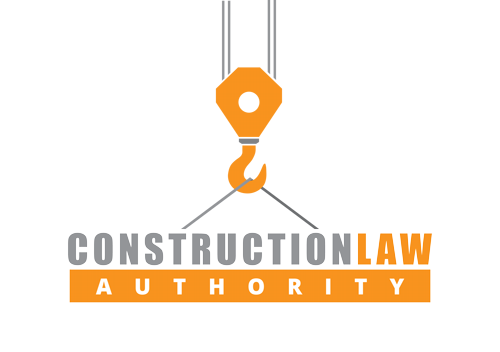FTC’s Green Guides Help Guide Owners, Contractors and Design Professionals
This post originally appeared in “The Green Building Law Blog”
Being green is not always straightforward. There are many products on the market, related and non-related to building, that make claims about their environmental benefits and impacts. There are many service providers that make similar claims. But not all products and services live up to their billing. Companies marketing themselves or their products as environmentally friendly will have
to better qualify those statements, in light of Federal Trade Commission’s Green Guides.
The Green Guides have been around since 1992. The latest version was updated in 2012. They “outline general principles that apply to all environmental marketing claims and provide guidance regarding many specific environmental benefit claims.” The purpose is to cut down on deceptive practices regarding green marketing. The Green Guides are not law and are not independently enforceable. But, the FTC can take action if someone or some entity makes an environmental claim inconsistent with the guidelines.
When you come across a product with a green certification seal, for example, from an independent third party, that has to meet the endorsement requirements in the Green Guidelines. When you come across materials from a provider of a product, make sure the product is certified. For instance, if you get a manufacturer’s or vendor’s sales brochure for overhead lighting and it has a seal that says “EcoFriendly Building Association” find out what is being endorsed. If the lighting manufacturer or vendor is just a member of that association, that does not mean that the association evaluated that product. It may not have any environmental benefits. Consumers should also make sure that if a product is endorsed by a independent third party, that the certification is legitimate.
The Green Guides has sections focusing on claims such as carbon offsets, non-toxic products, renewable energy, ozone-friendly, recyclable, and renewable materials. You can see the latest Green Guides by clicking here.


No Comments